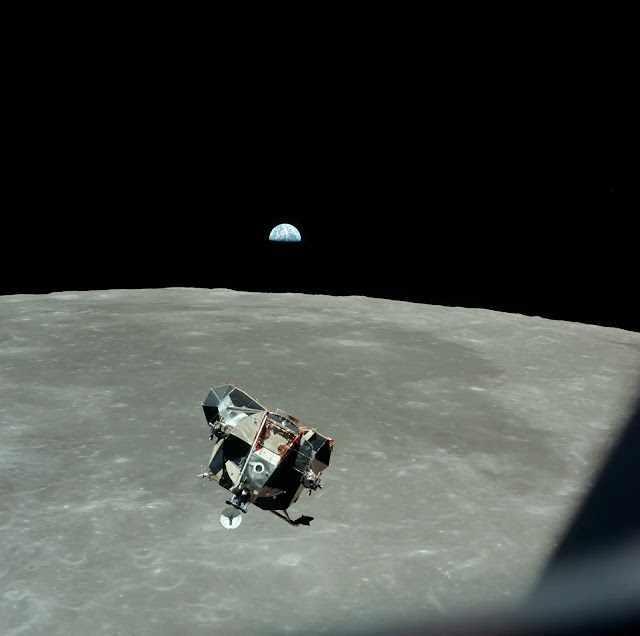Pan of Spiral Galaxy NGC 3059 in Carina | Hubble
Filters are used extensively in observational astronomy, and can be calibrated to allow either extremely narrow or somewhat broader ranges of light through. Narrow-band filters are invaluable from a scientific perspective because certain light wavelengths are associated with specific physical and chemical processes. For example, under particular conditions, hydrogen atoms are known to emit red light with wavelength value of 656.46 nanometers. Red light at this wavelength is known as H-alpha emission, or the ‘H-alpha line’. It is very useful to astronomers because its presence acts as an indicator of certain physical processes and conditions; it is often a tell-tale sign of new stars being formed, for example.
Thus, narrow-band filters calibrated to allow H-alpha emission through can be used to identify regions of space where stars are forming.
Such a filter was used for this image, the narrow-band filter called F657N or the H-alpha filter. The F stands for filter, and the N stands for narrow. The numerical value refers to the peak wavelength (in nanometers) that the filter lets through. The eagle-eyed amongst you may have noticed that 657 is very close to the 656.46 H-alpha line’s wavelength. Data collected using five other filters contributed to this image as well, all were wide-band filters. They allow a wider range of light wavelengths through. This is less useful for identifying extremely specific lines (such as the H-alpha line) but still enables astronomers to explore relatively specific parts of the electromagnetic spectrum. In addition, collectively the information from multiple filters can be used to make beautiful images such as this one.
Image Description: A spiral galaxy seen face-on, so that its many arms and its glowing, bar-shaped core can be easily seen. The arms are filled with bluish patches of older stars, pink patches where new stars are forming, and dark threads of dust. A few bright stars with cross-shaped diffraction spikes lie in the foreground.
Credit: ESA/Hubble & NASA, D. Thilker
Duration: 30 seconds
Release Date: June 3, 2024
#NASA #ESA #Hubble #Astronomy #Space #Science #Galaxies #Galaxy #NGC3059 #SpiralGalaxy #BarredSpiral #Carina #Constellation #Cosmos #Universe #HST #HubbleSpaceTelescope #GSFC #STScI #UnitedStates #Europe #STEM #Education #HD #Video



















.png)
APoD.jpg)